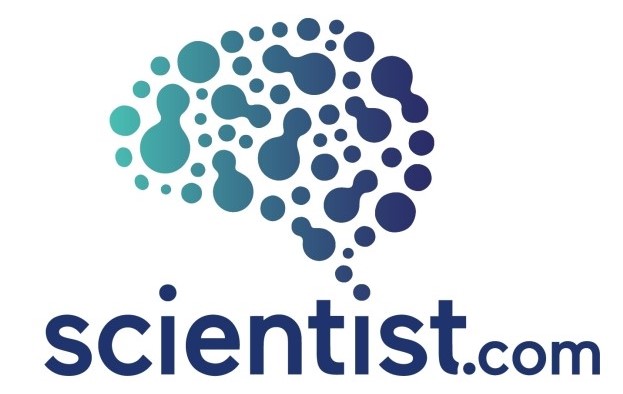Blog
Blog
Common Antibacterial Agent Contributes to Antibiotic Resistance
Stores are stocked with items promising to kill bacteria, and many consumers purchase those products in an attempt to protect themselves from infection. However, it turns out that could be doing more harm than good. A common ingredient in products you use every day could be driving antibiotic resistance. Triclosan, a chemical found in everything from toothpaste and cosmetics to toys and credit cards, has been added for decades to keep these products free of microbes. Previously, contact with triclosan was considered safe for humans, but recent data shows otherwise.
Jackson is our Valentine
February 14th is all about love and we sure do love our town of Jackson, Michigan. In fact, on this day 126 years ago, Jackson officially became a city. And did you know that the rose is the official flower of Jackson, which is also known as the Rose City? How fitting! So happy Valentine’s Day and happy birthday, Jackson. TransPharm Preclinical Solutions is proud to call you home.
IACUC Approves Intratracheal Administration
TransPharm’s Institutional Animal Care and Use Committee (IACUC) recently approved intratracheal (IT) administration as a new route of inoculating and dosing mice. Intratracheal administration delivers infections and compounds directly to the lungs, while intranasal (IN) administration serves as an indirect delivery method.
A “Two-Hit” Model of Sepsis
TransPharm recently validated a “two-hit” model of sepsis in which mice undergo cecal ligation and puncture (CLP) followed by intranasal instillation with bacteria to initiate a pulmonary infection.
Cease and Persist?
After a bacterial infection is established, a small percentage of the bacteria slow their metabolism in response to environmental stressors. This semi-dormant state affords increased tolerance to antibiotics, especially aminoglycosides, lending these bacteria the name persisters. Over time, and often upon completion of a course of antibiotics, the persisters reactivate, leading to recurrent, chronic, and increasingly aggressive infections. Persistence is one of many mechanisms contributing to increasing rates of antibiotic resistance in modern healthcare.
Biofilms: Skimming the Surface
A biofilm is a thin layer of microorganisms that have adhered to a surface and formed a complex, multicellular, three-dimensional structure. The National Institute of Health (NIH) reports that biofilms account for 80% of microbial infections in humans and have the ability to affect every organ in the body. Biofilms can form on living tissues, but also on artificial surfaces like catheters, prosthetics, pacemakers, and other medical devices. Pathogenic bacteria known to form biofilms include Escherichia coli, Staphylococcus aureus, and Salmonella species.
Trick and Treat Bacteria
What do the ancient Greeks and a group of modern-day researchers have in common? Scientists at the University of Washington School of Medicine are using a “Trojan Horse” strategy to trick and treat (Happy Halloween!) antibiotic-resistant bacteria. Pseudomonas aeruginosa, a superbug that can cause serious wound and lung infections, relies on the uptake of iron to survive and spread. Microbiologists discovered that gallium, a metal similar to iron, tricks the bacteria by mimicking the essential nutrient. However, once inside, gallium fails to nourish the bacteria in the way iron does – and it actually harms them.
E. coli in Retail Poultry May Cause UTIs
Foodborne bacteria are a common cause of gastrointestinal infection, but a recent study found that a strain of E. coli in retail chicken and turkey may be transmitted to humans and cause other infections. Researchers conducted a one-year study of urine and blood isolates from hospital patients in Flagstaff, AZ and compared these cultures to chicken, turkey, and pork from major grocery chains in the same city. E. coli was found in 72% of the patient samples and about 80% of the meat samples. The poultry samples, in particular, contained a specific strain called ST131-H22 which causes urinary tract infections (UTIs) in people. ST131 can also travel from the bladder to the blood, resulting in more serious infections and even death.
Synergistic Combination Therapy Against Resistant Pathogens
Due to increasing rates of antimicrobial resistance, scientists are researching the potential of combination therapy (two or more drugs used together) to restore activity against resistant pathogens. In a recent study, investigators screened 19 antibiotics with colistin and observed high rates of synergy, where the efficacy of the combination therapy was greater than the sum of their separate effects. “It was remarkable to see two drugs, each of which is inactive on its own against these bacteria, inhibiting them in combination,” noted a doctor leading the study.
Trained Dog Can Detect C. difficile
The nose knows! A dog in British Columbia, Canada has been trained to detect Clostridium difficile. C. difficile has a very particular odor, and a springer spaniel named Angus has been trained to sniff it out just as bomb dogs can identify explosives. Angus can detect the bacteria from several feet away and indicate the source to his trainer, who then provides a treat.





